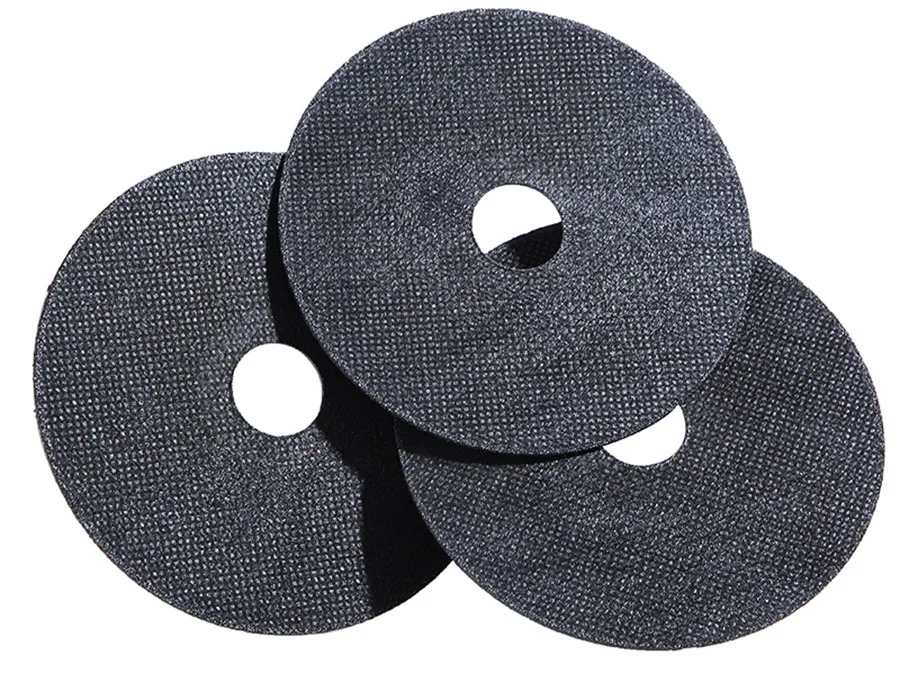In the intricate web of global commerce, even seemingly mundane items like cutting discs are subject to meticulous classification under the Harmonized System (HS) code. Understanding this classification system is crucial for importers, exporters, and customs officials alike. So, let’s embark on a journey to unravel the HS code for cutting discs and shed light on its significance in international trade.
Unveiling Cutting Discs:
Before we delve into the complexities of classification, let’s grasp the essence of cutting discs and their role in various industries. Cutting discs, also known as cutting wheels or abrasive discs, are indispensable tools used for cutting various materials, including metal, stone, concrete, and ceramics. These discs are typically composed of abrasive particles bonded together with a resin or other materials, forming a sturdy and precise cutting tool.
The Harmonized System (HS) Code:
The Harmonized System (HS) is an internationally standardized system for classifying traded products. Developed and maintained by the World Customs Organization (WCO), it assigns a unique HS code to each product, facilitating uniformity in international trade regulations.
Locating Cutting Discs within the HS Code:
In the vast expanse of the Harmonized System, cutting discs find their classification under Chapter 68, which encompasses “Articles of Stone, Plaster, Cement, Asbestos, Mica, or Similar Materials.” Within this chapter, cutting discs are typically classified under subheading 6804.22. However, it’s essential to note that variations may exist based on factors such as composition, size, and intended use.
Factors Influencing Classification:
Several factors may influence the classification of cutting discs under the HS code. Material composition plays a significant role, with discs made of natural abrasives (e.g., corundum, diamond) classified differently from those incorporating synthetic abrasives (e.g., silicon carbide, aluminum oxide). Additionally, dimensions, shape, and intended application of the cutting discs may affect their classification.
Navigating Trade Implications:
Understanding the HS code for cutting discs is paramount for international trade. Importers and exporters must accurately classify their products to comply with customs regulations and determine applicable tariffs and duties. Moreover, a clear comprehension of the HS code streamlines cross-border transactions, averting delays and penalties stemming from misclassification.
Conclusion:
Although cutting discs may seem mundane in the grand tapestry of global trade, their classification under the HS code is pivotal for seamless commerce. These precision tools play a crucial role in various industries, from construction and manufacturing to automotive and aerospace. By unraveling the HS code for cutting disks, stakeholders in international trade can navigate regulatory landscapes with confidence, ensuring compliance and efficiency in cross-border transactions. So, the next time you encounter cutting discs in your trade endeavors, remember the significance of their HS code in the intricate dance of global commerce.
Online Message
Minimum Order Quantity: 5,000 Pcs, 10 Pcs Free Samples.
Contact Us For More Information!
Tel/WhatsApp
+86 18796960868
DomeGrinding@hotmail.com
Address



